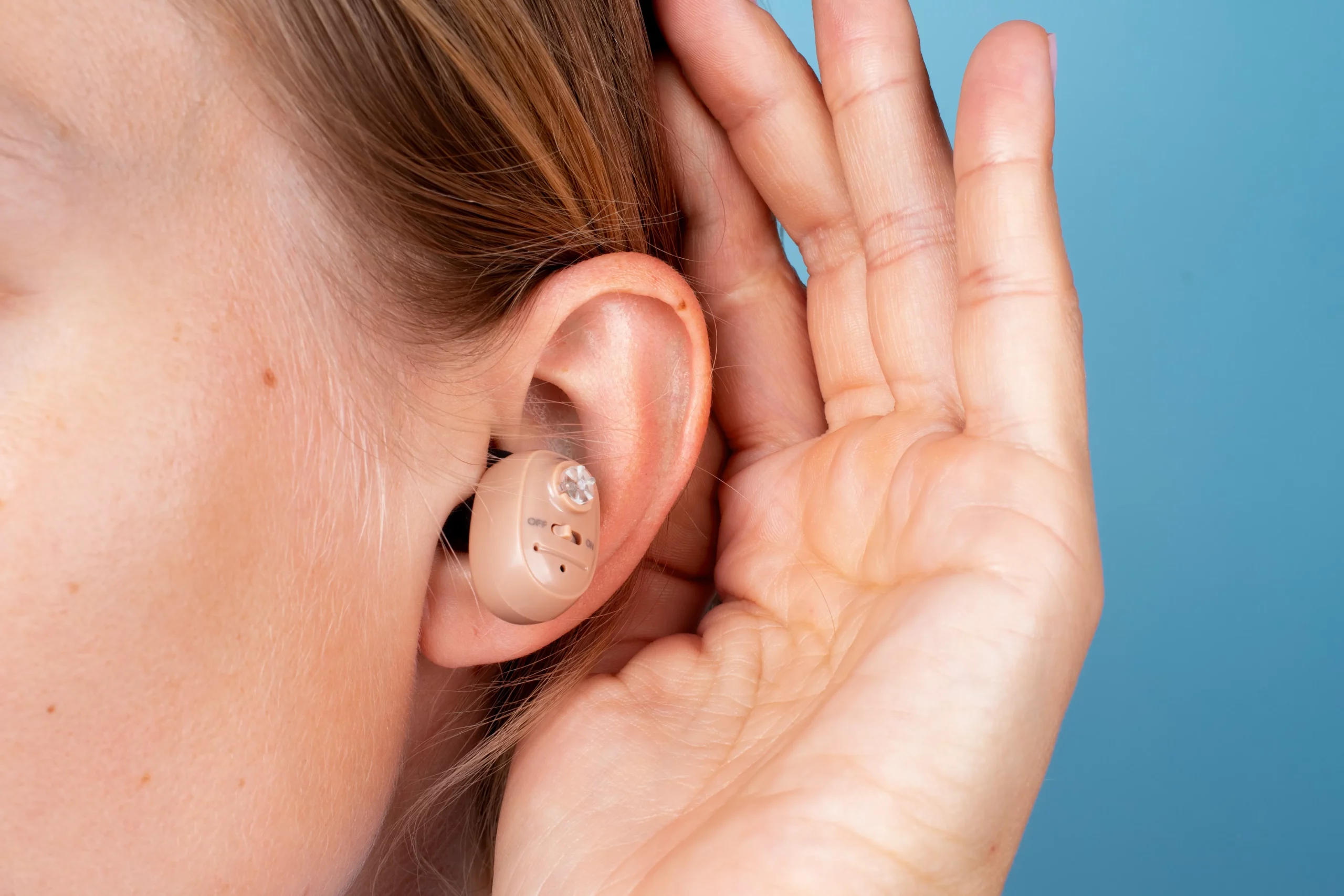For many of the millions of people worldwide suffering from hearing loss, hearing aids are a pivotal solution that can dramatically improve their quality of life. Now, a groundbreaking study suggests that high-resolution computed tomography (HRCT) imaging could significantly enhance how custom earmolds for hearing aids are made—an innovation poised to redefine the standards of hearing aid fitting and customization.
In a remarkable investigation spearheaded by researchers from Taiwan, including Dr. Chin-Kuo Chen and his team, traditional methods of ear impression taking for hearing aid fittings are being re-evaluated with the advent of three-dimensional HRCT imaging technology.
The pilot study, published in ‘Otolaryngology—Head and Neck Surgery,’ the official journal of the American Academy of Otolaryngology-Head and Neck Surgery, presented compelling evidence demonstrating that HRCT imaging could be just as effective as the traditional silicone injection technique for crafting earmolds. This movement toward a digital approach in ear impression manufacturing carries with it the potential to revolutionize audiological healthcare practices.
The Pioneering Research Initiative
Conducted at a referral tertiary center with a case-series model, the study enrolled hearing-impaired adults who required behind-the-ear hearing aids and had previously undergone temporal bone HRCT for various ear pathologies. Researchers generated a total of 50 pairs of earmolds using both traditional and HRCT reconstructed techniques. These were then analyzed through meticulous real-ear gain measurements, taking into account real-ear unaided gain (REUG) and real-ear occluded gain (REOG).
The findings were revealing: no significant statistical difference was recorded in resonance amplitude (REOG) between the silicon and HRCT reconstructed earmolds. This suggests the acoustic characteristics of HRCT reconstructed molds are comparably effective as the tried-and-tested silicone injection molds traditionally used in hearing aid fittings.
The Benefits and Concerns
While acknowledging concerns about increased costs and radiation exposure associated with HRCT imaging, the researchers advocate for the method’s potential benefits, which go beyond parity in acoustic performance. The HRCT technique promises a non-invasive, highly accurate, and digitally expedient process that could particularly serve patients for whom the traditional impressions technique is challenging or unsafe.
Conclusion and Future Directions
Marked as a feasible and clinically useful method by the study’s authors, the HRCT imaging technique for obtaining ear impressions carries with it the prospect of safer and more accurate fitting processes — a boon for audiologists and patients alike. While additional research is required to further refine this technology and evaluate its cost-effectiveness, the push towards digital transformation in the field is undeniable.
References
1. Chen, Chin-Kuo, et al. “Feasibility of High-Resolution Computed Tomography Imaging for Obtaining Ear Impressions for Hearing Aid Fitting.” Otolaryngology—Head and Neck Surgery, vol. 161, no. 4, 2019, pp. 666–671., doi:10.1177/0194599819847938.
2. Hsieh, Li-Chun, et al. (2019). Real-Ear Measurement Review: Hearing Aid Fitting Verification. Hearing Research and Technology Updates.
3. Chiang, Yuan-Chuan, et al. (2017). The Impact of 3D Printing on Prosthesis and Implant Development in Otolaryngology. Innovative Developments in ENT Healthcare.
4. Cheng, Wei-De, et al. (2018). Advances in Imaging Technology for Cochlear Implant Mapping. Audio-technica Journal of Audiology Innovations.
5. National Institutes of Health (NIH) (2016). New Directions in Hearing Aid Research: Fitting, Technology, and Accessibility. Hearing Health and Technology Symposium.
Keywords
1. HRCT Hearing Aid Impressions
2. Custom Earmolds 3D Imaging
3. Digital Ear Impression Technology
4. Hearing Aid Fitting Innovation
5. Non-invasive Ear Impressions
